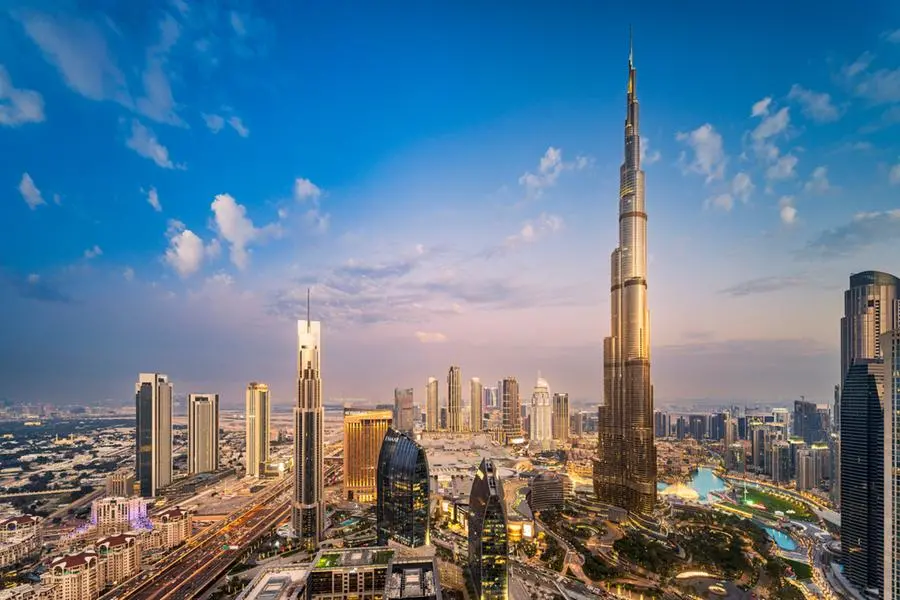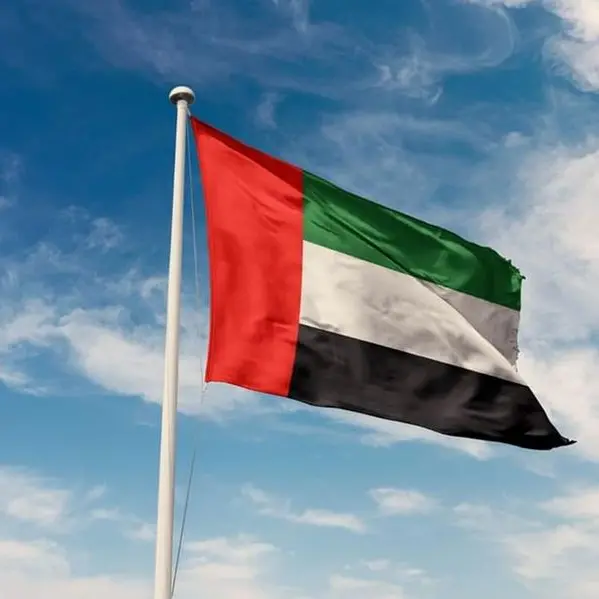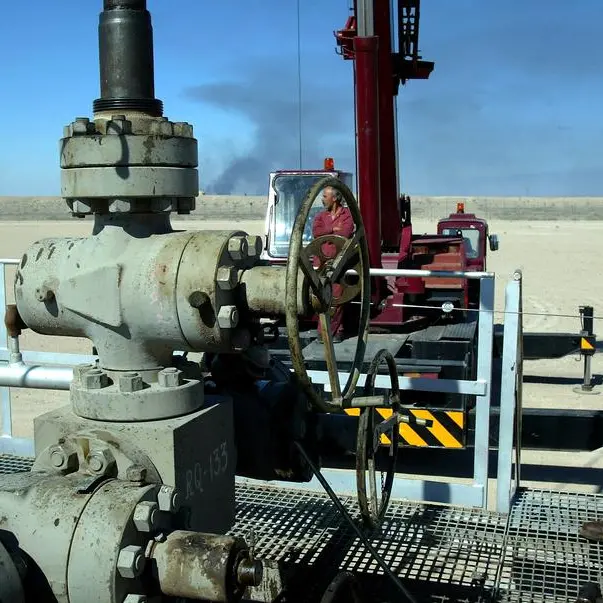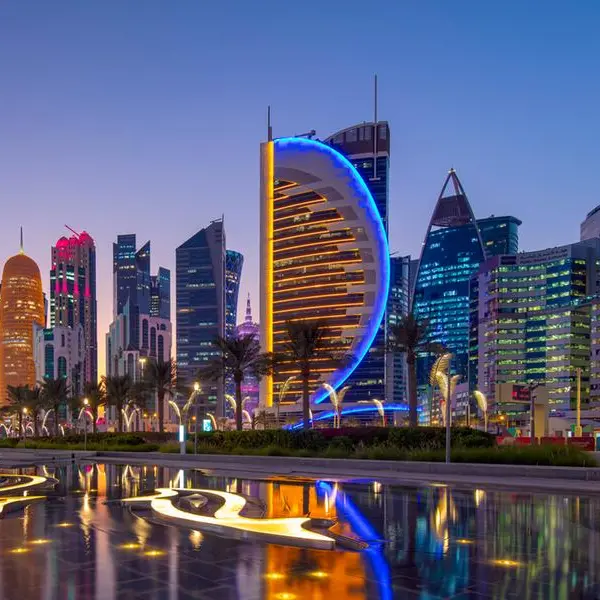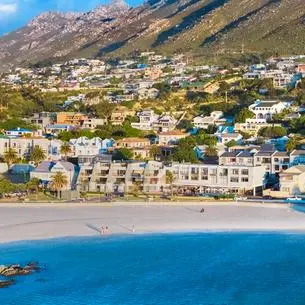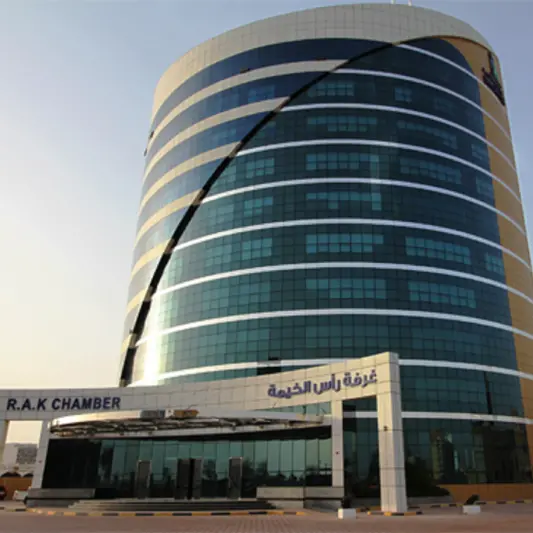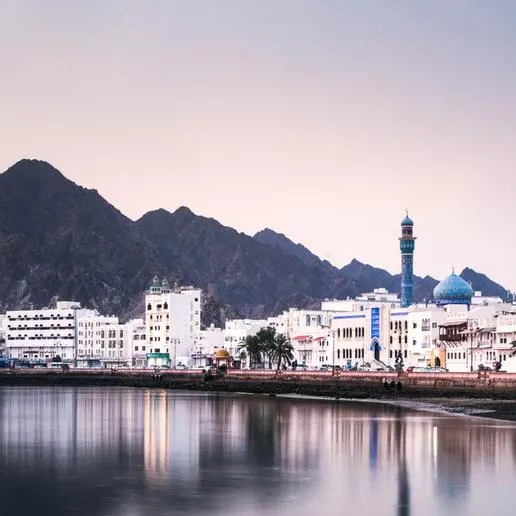PHOTO
Global monetary policy is likely to set the tone for the Gulf Middle East and North Africa (Mena) markets next year, as more countries in the region seek to rebuild their economic development models away from oil, experts note.
2023 has been an eventful year from all standpoints, ending unexpectedly with the Israel-Gaza conflict breaking out in the Middle East. Financial and economic observers agree on the importance of remaining cautious when making projections about Middle Eastern markets for 2024 noting the possible spill-out of the conflict into other neighbouring countries. However, forecasts related to key regional players remain easier to make due to their commitment to their respective, long-term visions; transformational programs; diversification efforts; and rather geographic distance from the main conflict’s location.
A stronger-than-expected US dollar?
According to Matt Weller, head of market research at Forex.com, after two years of aggressive interest rate hikes, traders seem to think that 2024 will bring a “pivot” to interest rate cuts from major central banks. Scenarios for interest rate cuts run the gamut from benign “immaculate disinflation” to a dire synchronized global recession or a negative shock that changes the entire economic paradigm requiring immediate interest rate cuts across the globe, as was the case with Covid.
Keep in mind, the fresh forecasts from Chairman Jerome Powell and his policymaking team show ‘the federal funds rate will be 4.6 per cent at the end of 2024,’ but central bankers are adamant that they won’t start cutting interest rates imminently. As a result, the US dollar could benefit from fewer rate cuts than expected following a relatively quiet 2023.
Nevertheless, traders currently believe that the European Central Bank (ECB) will be the first to kick off interest rate cuts no sooner than April, followed by others including the Fed in May and June. In a nutshell, as long as economic conditions continue to show modest growth, central banks are likely to keep interest rates higher than they’ve been in recent history to ensure that inflation does not become entrenched.
Non-oil industries take the lead in the Middle East
Although countries in the Middle East are in different stages of development, major players, especially in the GCC, are making leaps towards economic diversification through the adoption of long-term visions that help them expand their industrial base, open up various sectors for investment, reduce their reliance on fossil fuel, and comply with global environmental and sustainability objectives.
While the region is expected to grow by 3.6 per cent in 2024, the oil economy is projected to contract by 3.9 per cent, according to a recent World Bank report, unless geopolitical events in the Middle East lead to oil prices volatility. The same report projects that the UAE’s non-oil economy could grow by 4.5 per cent this year thanks to the country’s diversification efforts, while Saudi Arabia’s non-oil sector expected to grow by 4.3 per cent led by several sectors, including trade, hospitality, manufacturing, construction and others.
Diversification efforts are also expected to drive growth in Bahrain, Kuwait, Qatar and Oman, yet at a slower pace. In Kuwait, the non-oil sector is projected to grow by 5.2 per cent supported by private consumption and loose fiscal policy. Qatar is rapidly becoming a global sporting hub, while Bahrain’s tourism and service sectors are expected to continue their recovery.
Levant countries have a less positive outlook in 2024 as inflation, geopolitical tension, and the lack of long-term reforms seem to slow these countries’ development. Egypt is also facing a challenging year, especially after S&P Global Ratings revised the country’s long-term foreign and local currency sovereign credit ratings to “B-” from “B”.
The rise of start-ups & venture capital
In recent years, the Middle East has turned into a vibrant hub for start-ups especially in the tech industry. Many factors have shaped this positive trajectory, notably in Saudi Arabia, including substantial governmental support, the growing availability of venture capital funds and angel investors, the advanced digital infrastructure, a rising demand on digital products and services, and the availability of a vast talent pool. Thriving start-up sectors in the GCC include e-commerce, fintech, health-tech, transportation and logistics, as well as renewable energy.
According to Forbes, the “Mena’s 50 most-funded startups raised around $3.2 billion in 2022, up 6.7 percent from 2021”, while an STV study highlights that “45 startups valued at a minimum of $1 billion are expected to emerge in the Mena region by 2030, led by Saudi Arabia”. In the UAE, governmental efforts also aim to double the contribution of the digital economy to the country’s GDP from 9.7 per cent to 19.4 per cent over the next 10 years, aligning with Vision 2030 which stipulates the emergence of approximately 115 new tech startups per year in the GCC. Although some challenges remain to be addressed, tech startups seem to have a promising future in the GCC, contributing to the region’s economic diversification and technological advancement.
The shaping of a new global tourism and hospitality hub
Following the lifting of Covid-related restrictions, avid world travellers have flocked back to the Middle East, considered one of the main tourism hubs in the world with a wide range of attractions that cater to the most discerning of travellers.
According to travel analysis company ForwardKeys, Saudi Arabia was fifth in a global ranking of international arrivals in 2023, while the UAE and Egypt ranked eighth and tenth respectively. “The Middle East and Africa region is the only area to record expansion in international tourist inflows for the fourth quarter of 2023” reports the company, underlining that the region’s international tourist arrivals are set to grow by 2 per cent in the fourth quarter with a continued growth in 2024.
While travel activity could be affected by the Israel-Gaza war in Levantine countries, the UAE’s positioning as a safe leisure and entertainment destination will further boost its hospitality and tourism sector. Similarly, by opening up to the world, KSA is striving to become a popular tourist destination by the end of the decade, with plans for the sector to contribute by more than 10 per cent to the national GDP. Qatar and Oman also perceive tourism and hospitality as potential pillars for their oil-based economies and are working towards attracting more tourists.
Solid growth in the crypto sector
Another sector that is expected to witness growth in the Middle East in 2024 is the crypto industry. The International Market Analysis Research and Consulting Group (IMARC Group) - a leading adviser on management strategy and market research worldwide – projects that the GCC cryptocurrency market size will have a growth rate (CAGR) of 53.85 per cent between 2024 and 2032. Many reasons stand behind this substantial growth, including infrastructure development led by governmental investments, the wide adoption of digital technologies, and sizable economic diversification efforts.
A greener, more sustainable future
With the world shifting towards a greener future, the Middle East is showing strong commitment and determination to play a key role in leading sustainability projects and initiatives for a greener tomorrow. According to Strategy&, part of the PwC network, the Middle East has the potential to witness an economic growth valued at $3 trillion while creating over 1 million future-proof jobs by 2030. The company states that “Governments and corporate leaders can leverage the region’s abundant renewable resources to manufacture carbon-neutral and carbon-negative industrial products for exports, or to diversify their energy mixes to include sources like solar and low-environmental-impact hydrocarbon,” a report said.
Copyright © 2022 Khaleej Times. All Rights Reserved. Provided by SyndiGate Media Inc. (Syndigate.info).
